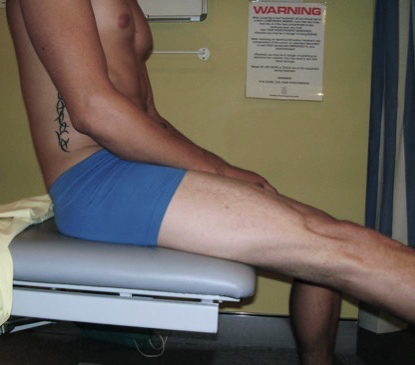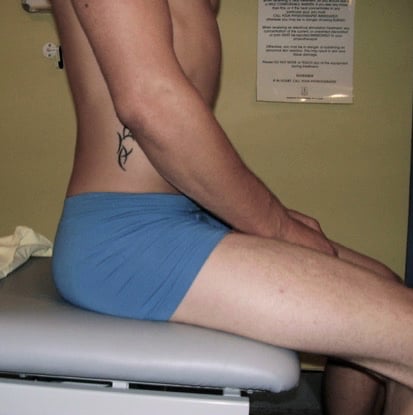As physical therapists the profession has largely moved away from hands-on treatment and are handing out exercises as though our clients are kids in a lolly store. But, could the exercises prescribed be contributing to their problem?
Most musculoskeletal problems are the result of altered loading patterns in the movement system, particularly the spine. The movement system consists of the interdependent function between the musculoskeletal system, fascial system and nervous system. Spinal control is intimately related to limb girdle control, particularly how the pelvis and hip functions. Being able to recognise the altered patterns of control, and how these patterns affect the movement system is fundamental to motor relearning and pain-free movement.
We know from the research that most people in pain have altered motor control, yet most prescribed exercises focus on stretching and strengthening and fail to look at functional movement control. If ‘motor control’ is addressed, it is usually focussed on one muscle retraining such as transversus abdominus or pelvic floor, rather than how the deep inner unit functions as a whole – and how movement affects this function. The dysfunction of the inner unit results in compensatory global muscle over-activation, tightness, overuse and eventually pain. Stretches and strengthening exercises are used in an attempt to ‘navigate’ out of this problem, but without an understanding of functional movement control it is akin to steering a boat without a rudder.
The spine is particularly vulnerable to poorly prescribed and performed stretches and strengthening exercises. The focus on ‘feeling’ the exercises tends to drive people to try harder – but harder is often not smarter. Rather than stretching and strengthening we should be aiming to re-establish healthy patterns of control.
Functional movement is poorly understood – but this is what we need to retrain. As therapists we need to be able to answer the question WHY are we giving these exercises and HOW are they contributing to restoring basic patterns of postural and movement control?.
If we look at the basic principles of neuro-plasticity – neurons that fire together wire together and neurons that fire apart wire apart – it should be evident that if we don’t retrain function, clients will perpetuate the altered patterns of movement control that led to their initial problems. This is particularly problematic in an unsupervised environment such as performing a home exercise program.
Prescribed exercises are not only influencing the way a person moves, they are retraining the brain. The therapist therefore needs to be very skilled at monitoring and guiding a patients home exercise program to ensure that they are not reinforcing poor movement patterns.
Take for example a hamstring stretch in sitting – a good way to start, as pelvic control can be more readily monitored. If the client is unable to establish a neutral lumbo-pelvic spine
in sitting and control the pelvis as they start to straighten the leg to stretch the hamstring, the only thing being stretched is the spine.

The spine in this case is already wired in the brain to be flexed in a sitting position (evident due to the common habitual nature of this movement pattern) and therefore all the client is doing is reinforcing the very thing that has caused the problem is the first place.
What we as therapist need to do is teach the client how to establish a neutral spinal position and control the pelvic position prior to even giving a hamstring stretch.

Depending on the adaptability of the movement system and the comprehension of the client this may be simple or complicated. Yet the therapist should not advance the client until they are confident that each step is understood and can be performed without supervision at home. The process of motor retraining involves rewiring the brain.

Stretches and strengthening exercises are not inherently ‘evil’, but their performance needs to be monitored to ensure appropriate motor control.
To learn more about the Key Approach and the importance of understanding the fundamentals of movement control tune into a recent webinar I did on ‘How therapeutic is your exercise prescription.’